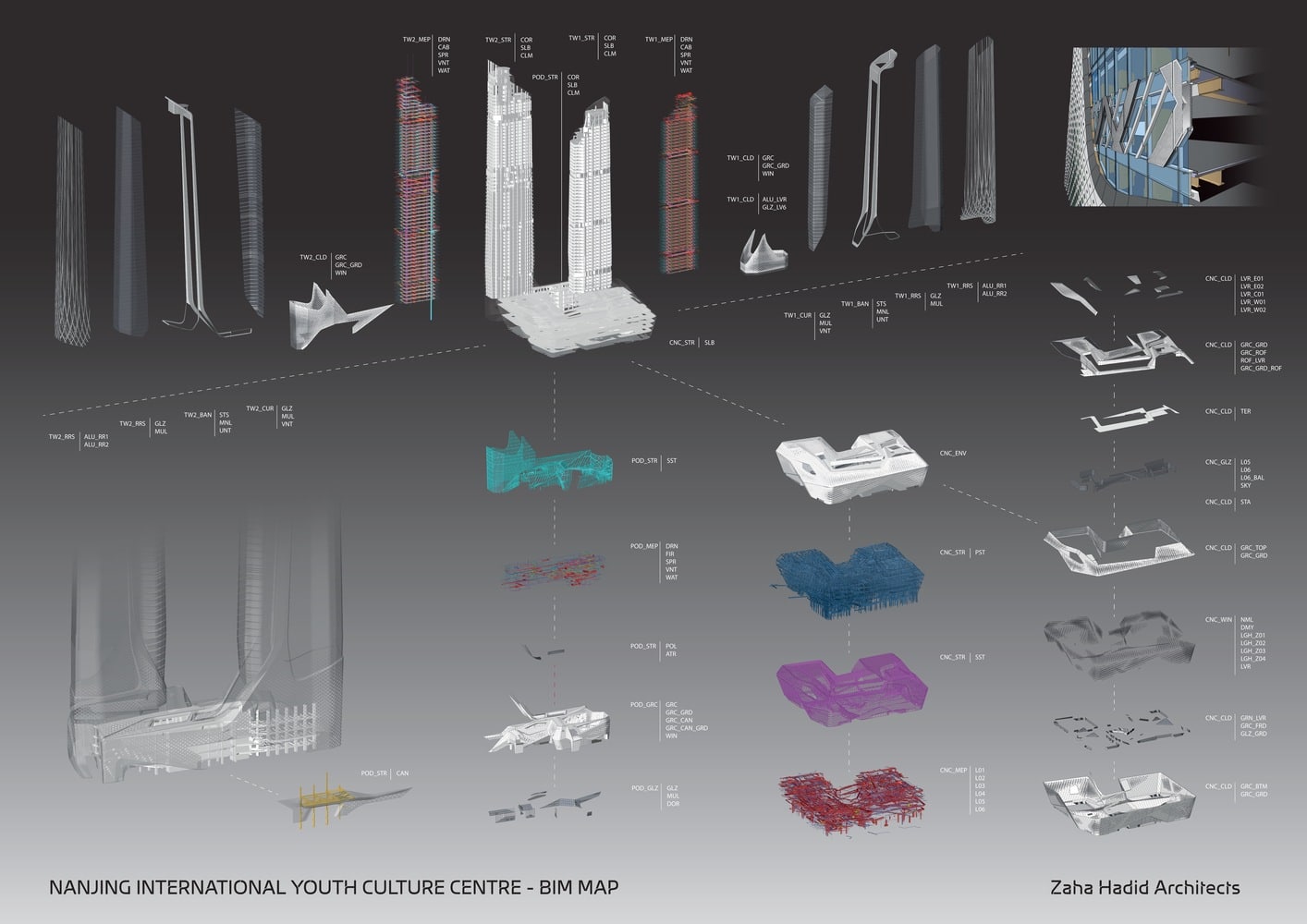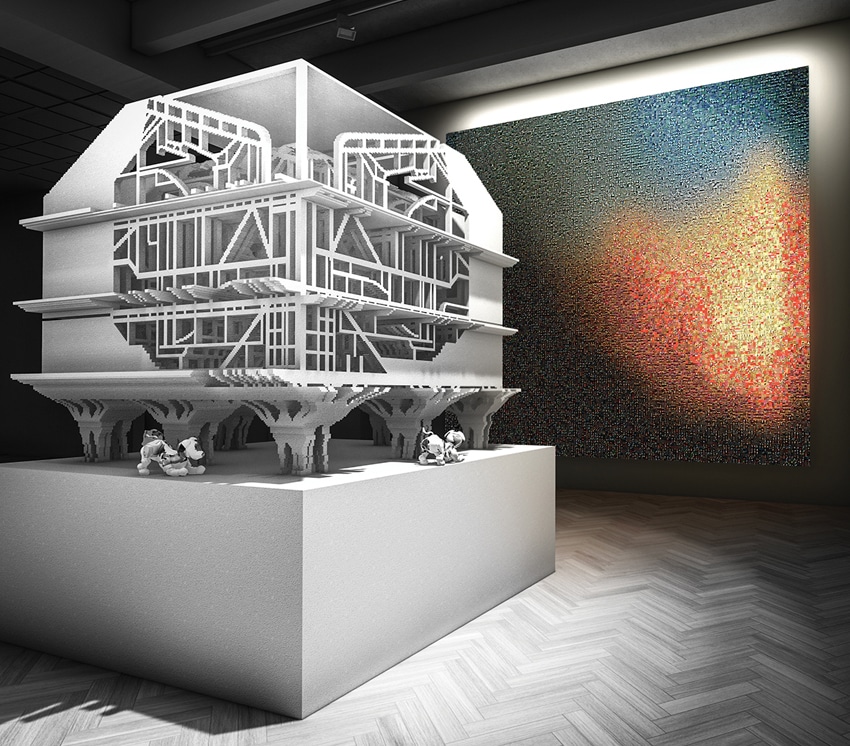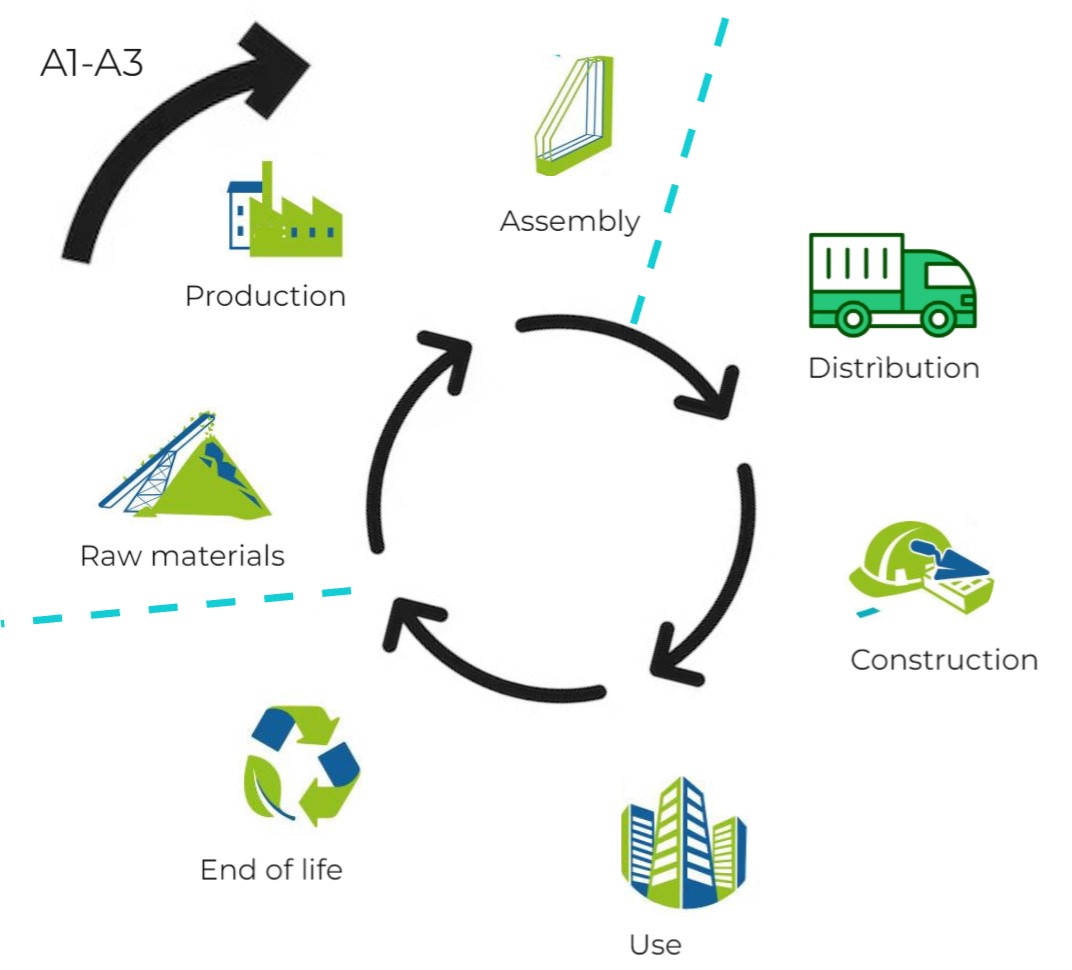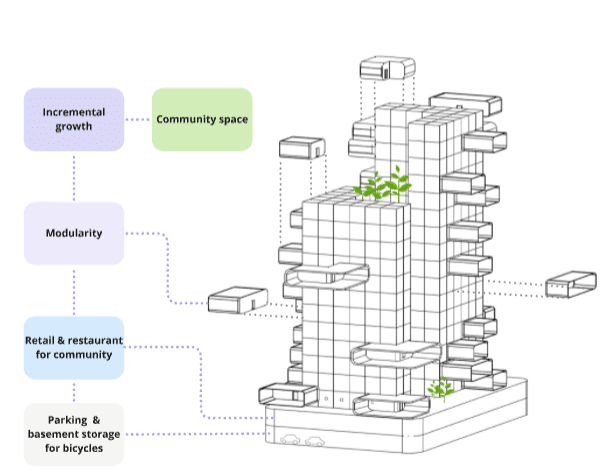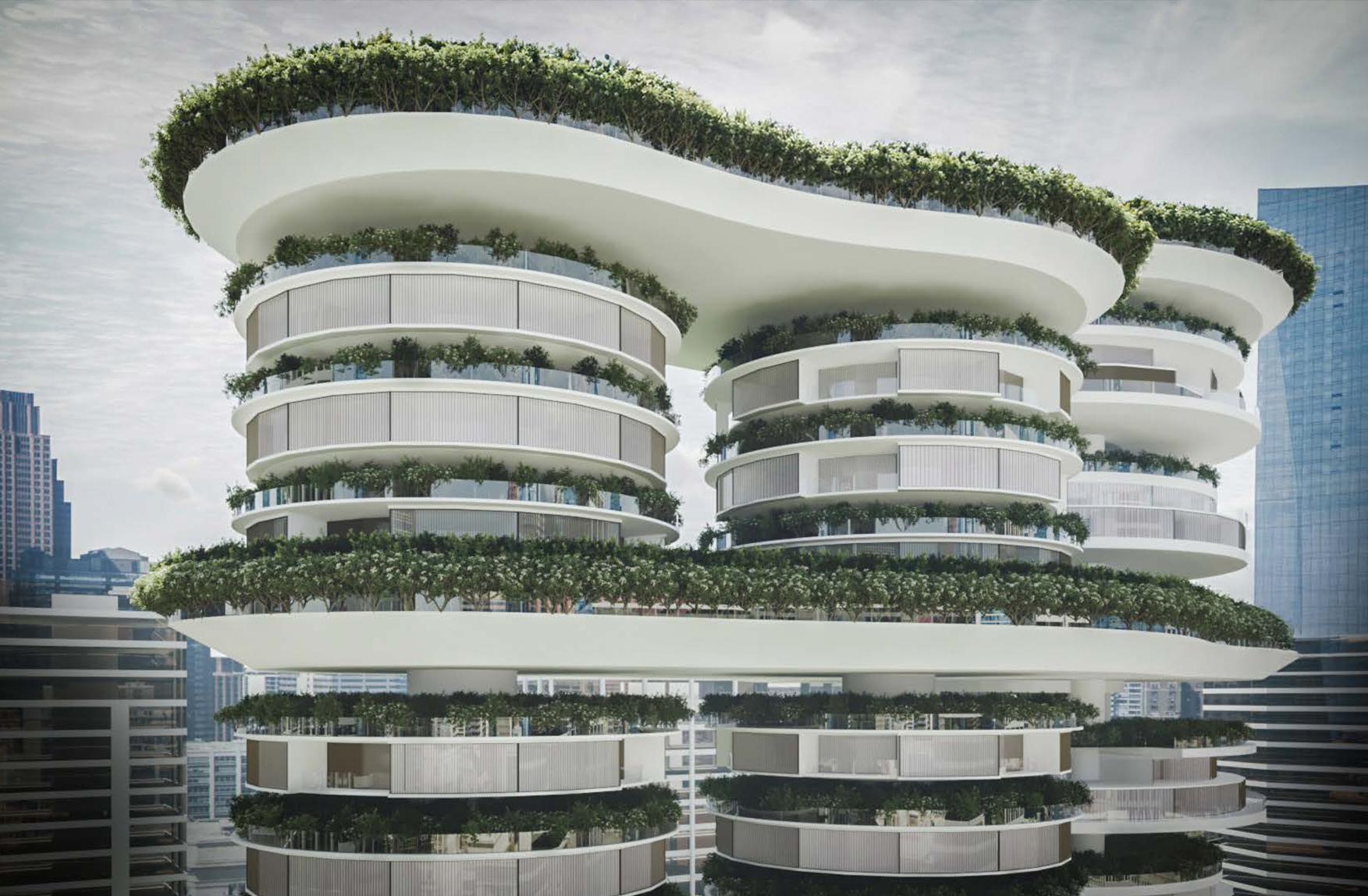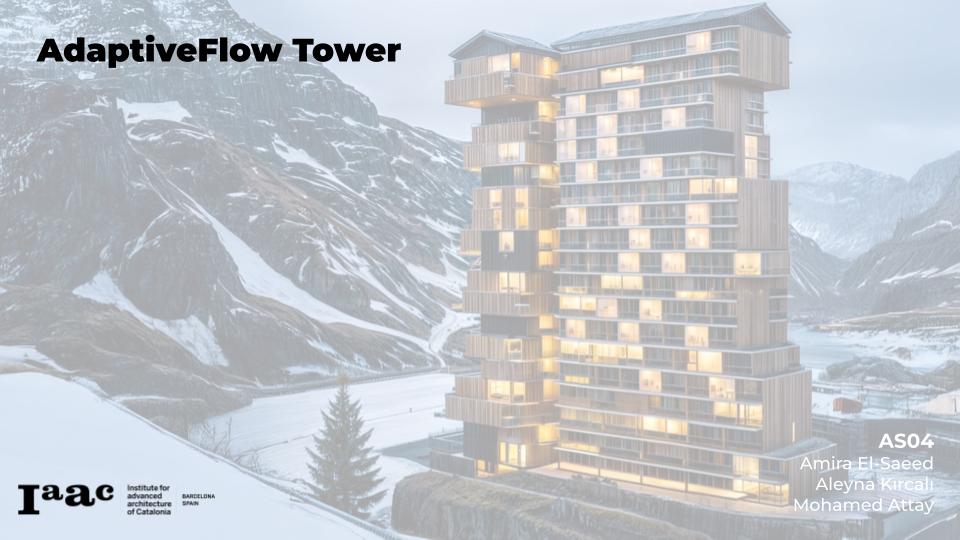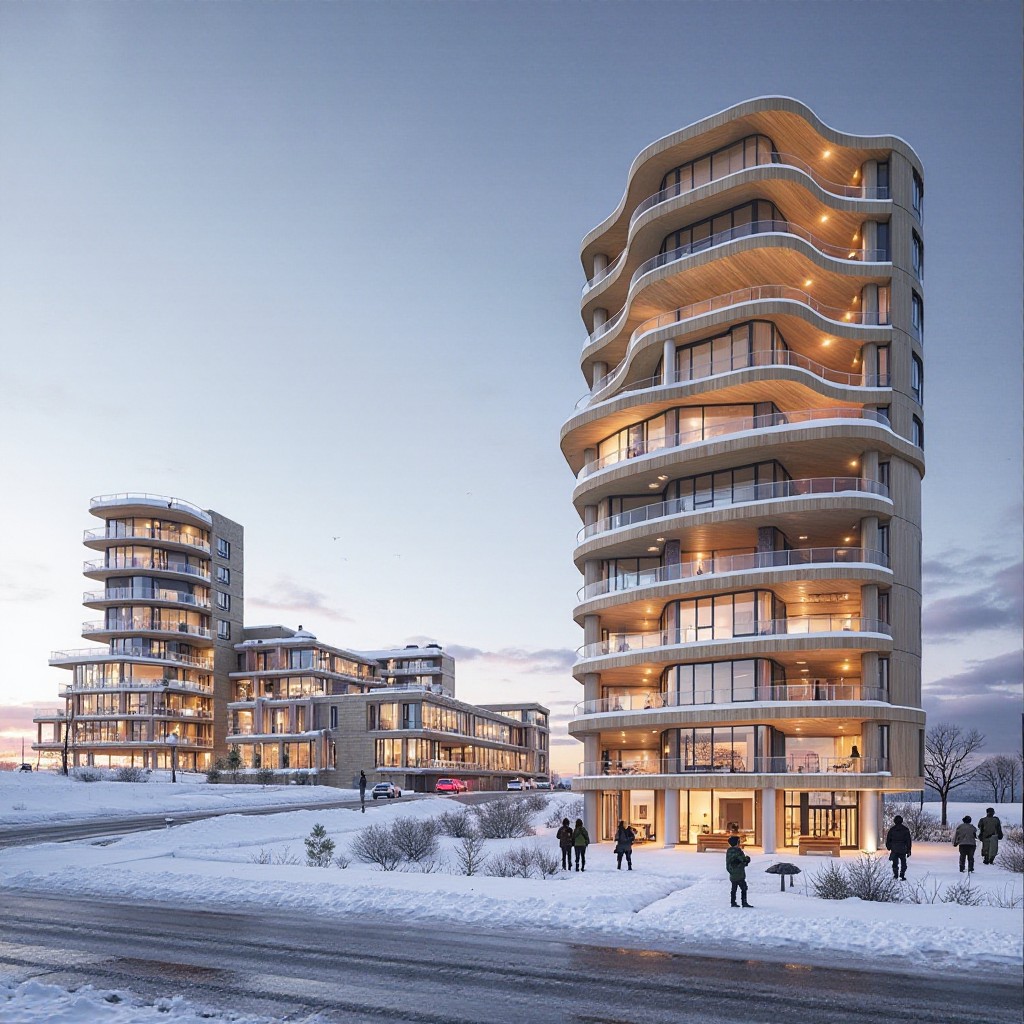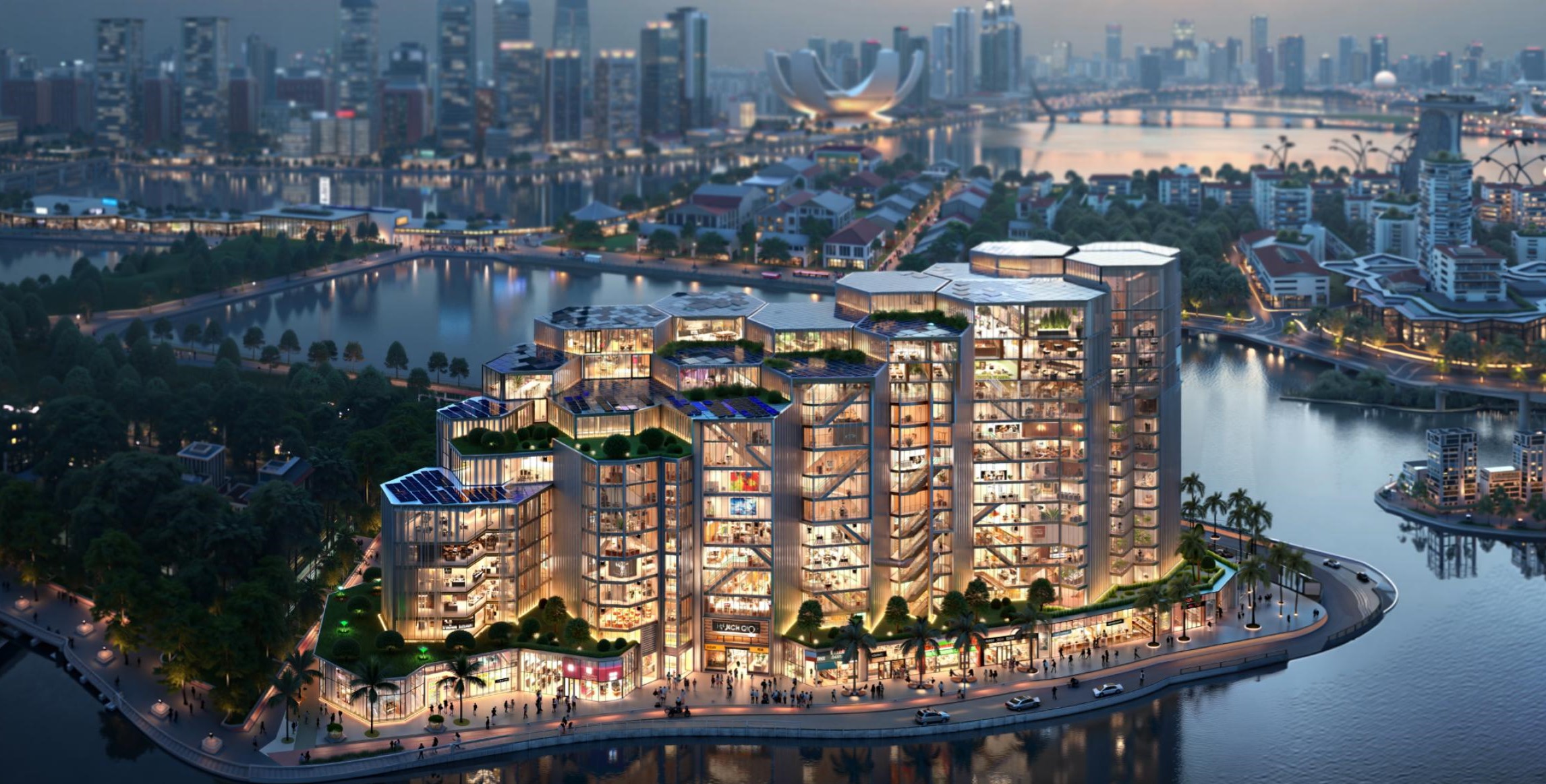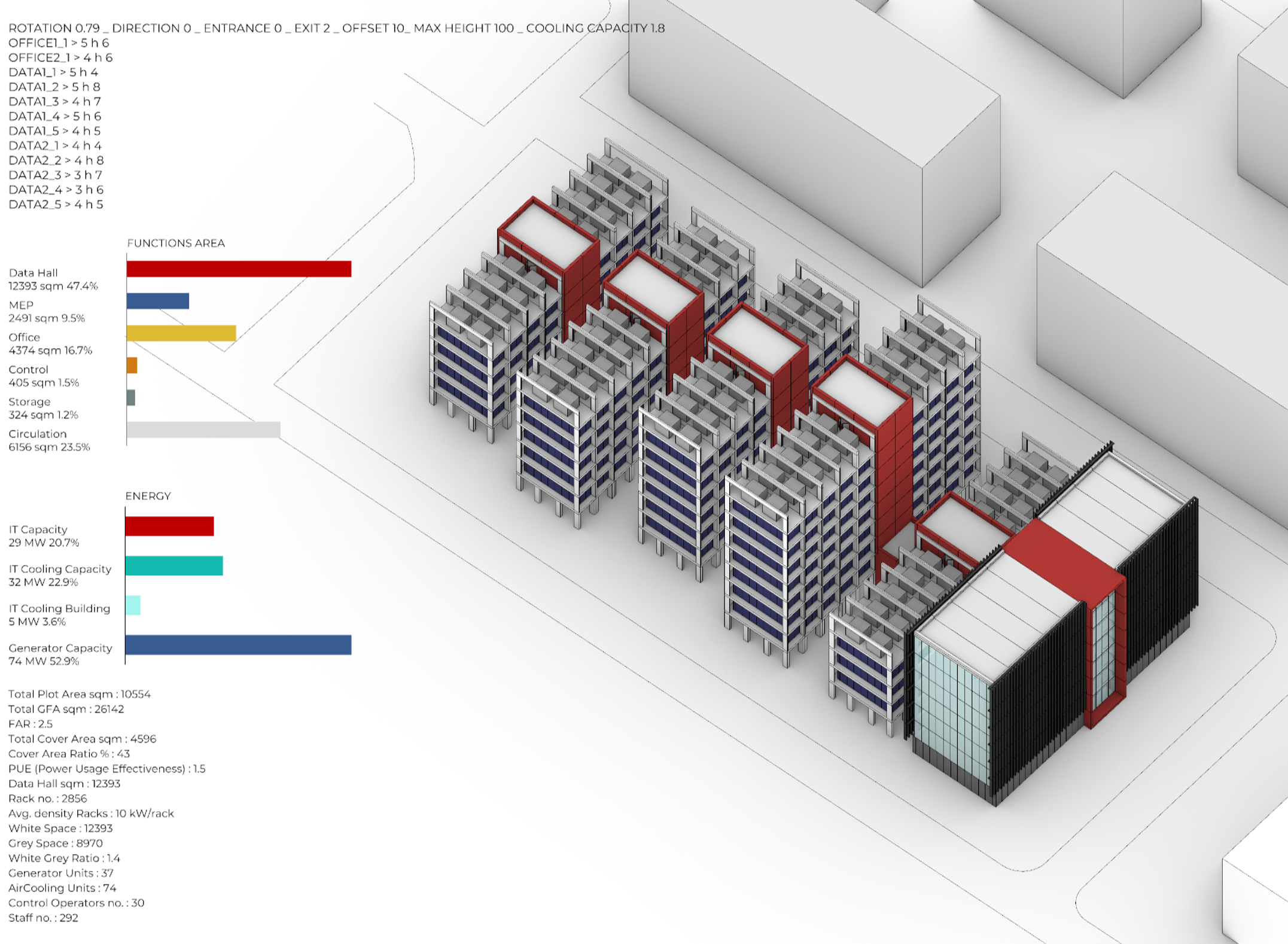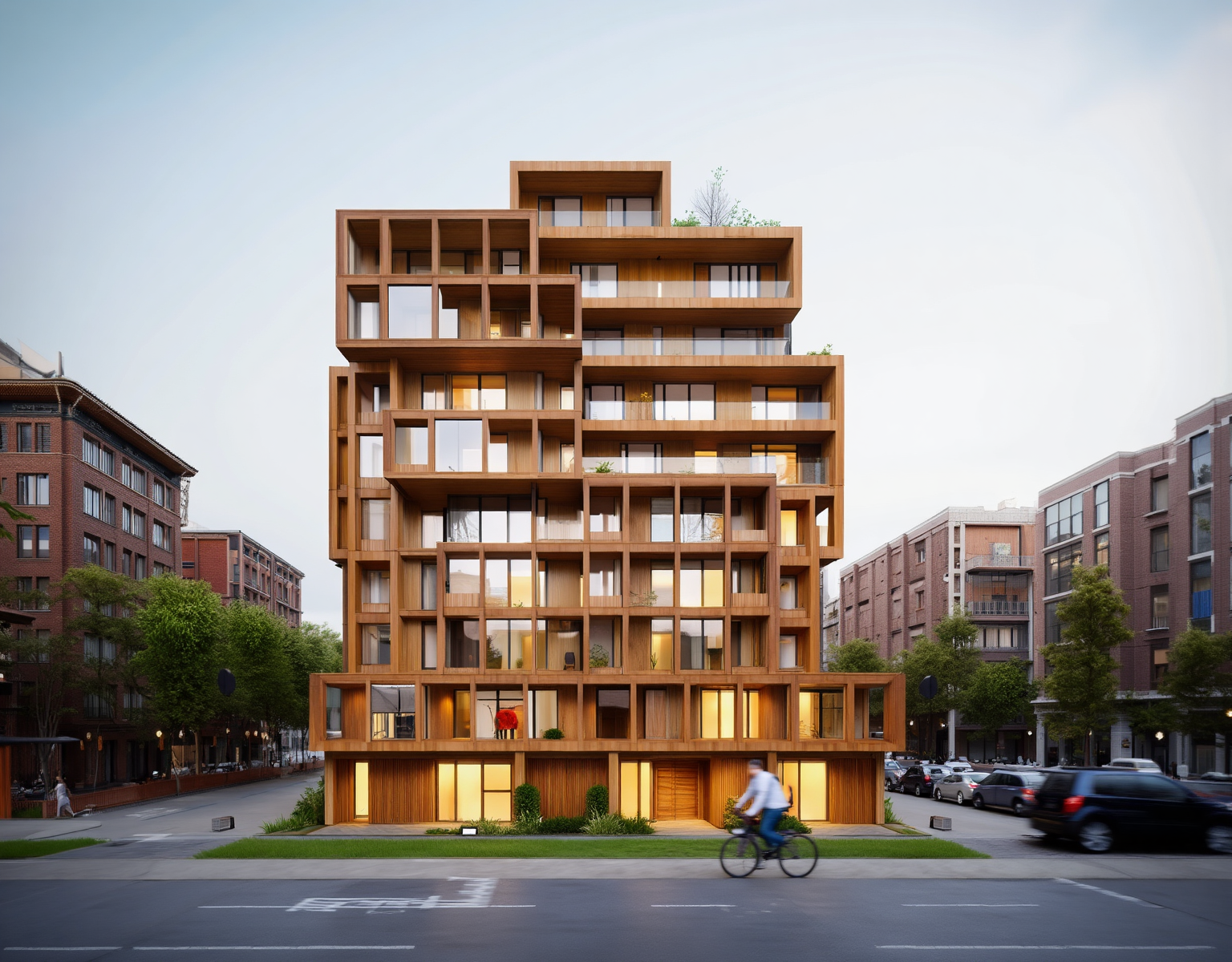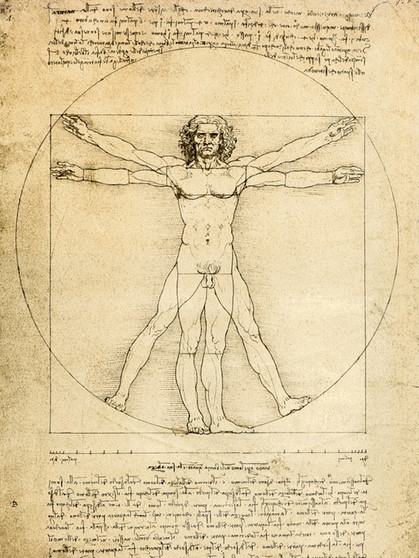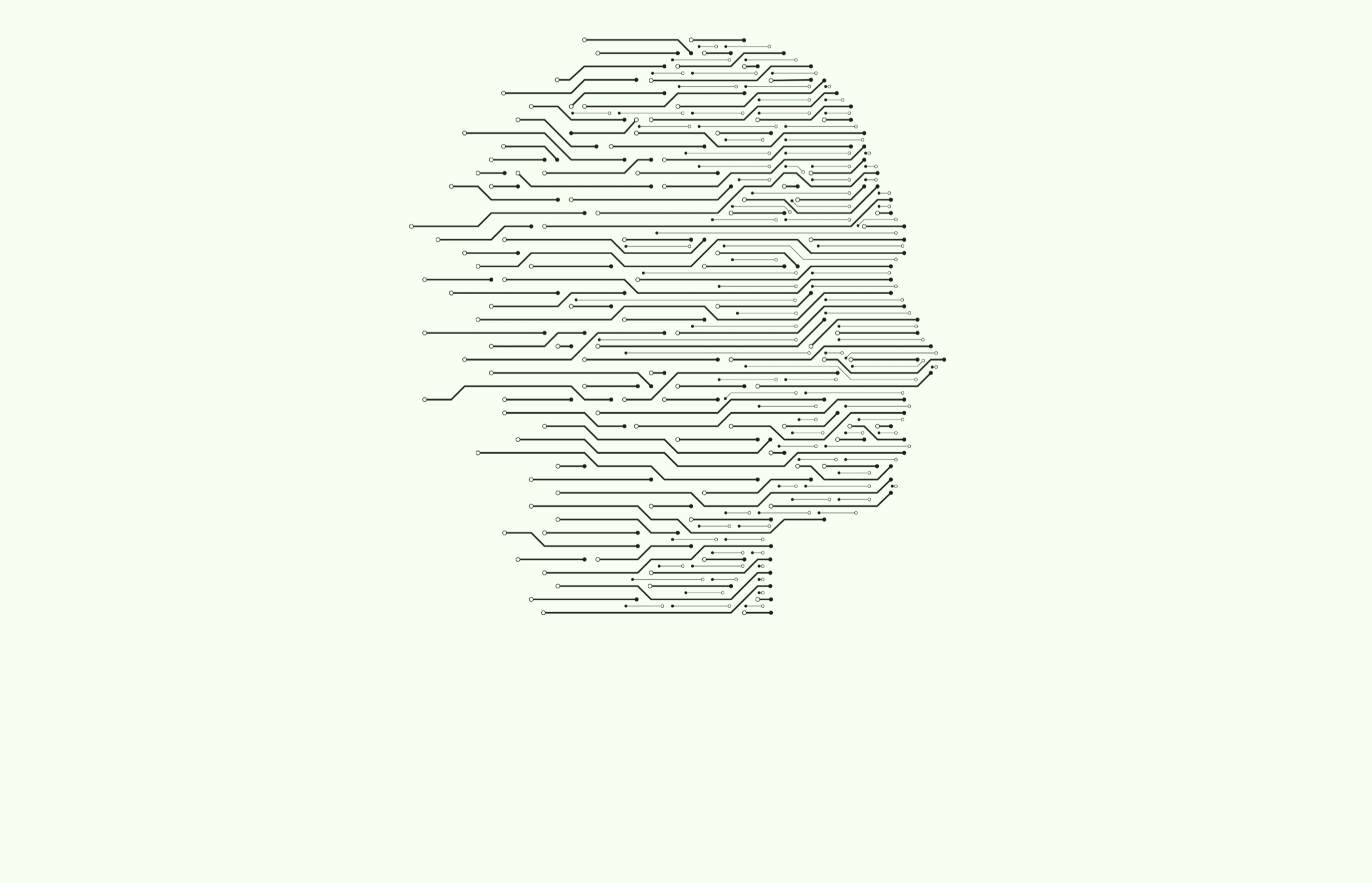From Computational Design to BIM: How Zaha Hadid Architects Integrates Complex Geometries
Problem Statement: BIM integration is straightforward for basic building forms, but challenging for complex geometries. Issues include interoperability, maintaining design intent, and bridging conceptual design with BIM. Standardization and cost-effective fabrication remain key obstacles. Thesis: Computational tools like Grasshopper enhance BIM integration by improving early-stage collaboration, workflow standardization, and ensuring complex forms remain constructible. Research … Read more

